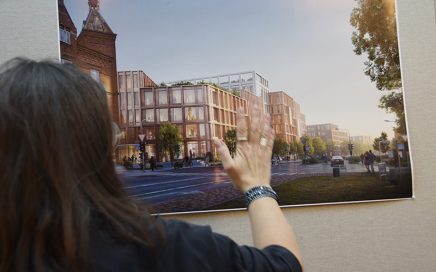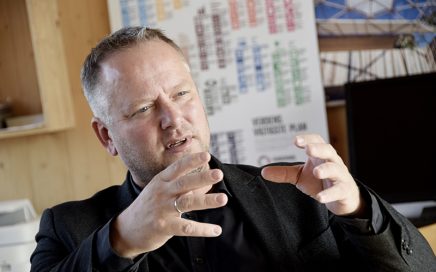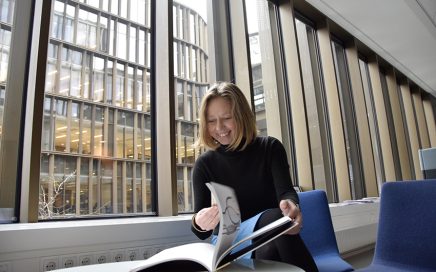The advisory engineering company Artelia (former MOE) has been stimulated by the demand of their client (The Danish Property and Building Agency): The load-bearing structures in the upcoming office building in Lerchesgade in Odense, WoodHub, must be made of wood.
8 December 2021
–When a client makes such specific demands then architects, contractors, engineers and others join forces, and it appears that we will be able to meet the requirements, says Jakob Mariager, Business Manager, construction, Artelia.
He senses that the construction industry is changing, with more and more buildings being constructed in wood – or with wood as an essential element in the chosen material.

A REMARKABLE PROPOSAL
From the consultant’s perspective, the task in Odense is not very different from many other traditional construction projects, which can be dominated by materials like steel and cement.
The choice of material does not affect the role of the consultant significantly, and moreover, wood is a material that has found its way into buildings for hundreds of years. Today, the construction industry works with wood in the same way as it did twenty years ago, so we are talking almost about an entire construction industry that is not used to working with wood innovatively. The Danish Property and Building Agency’s remarkable proposal will change this, assesses Jakob Mariager.
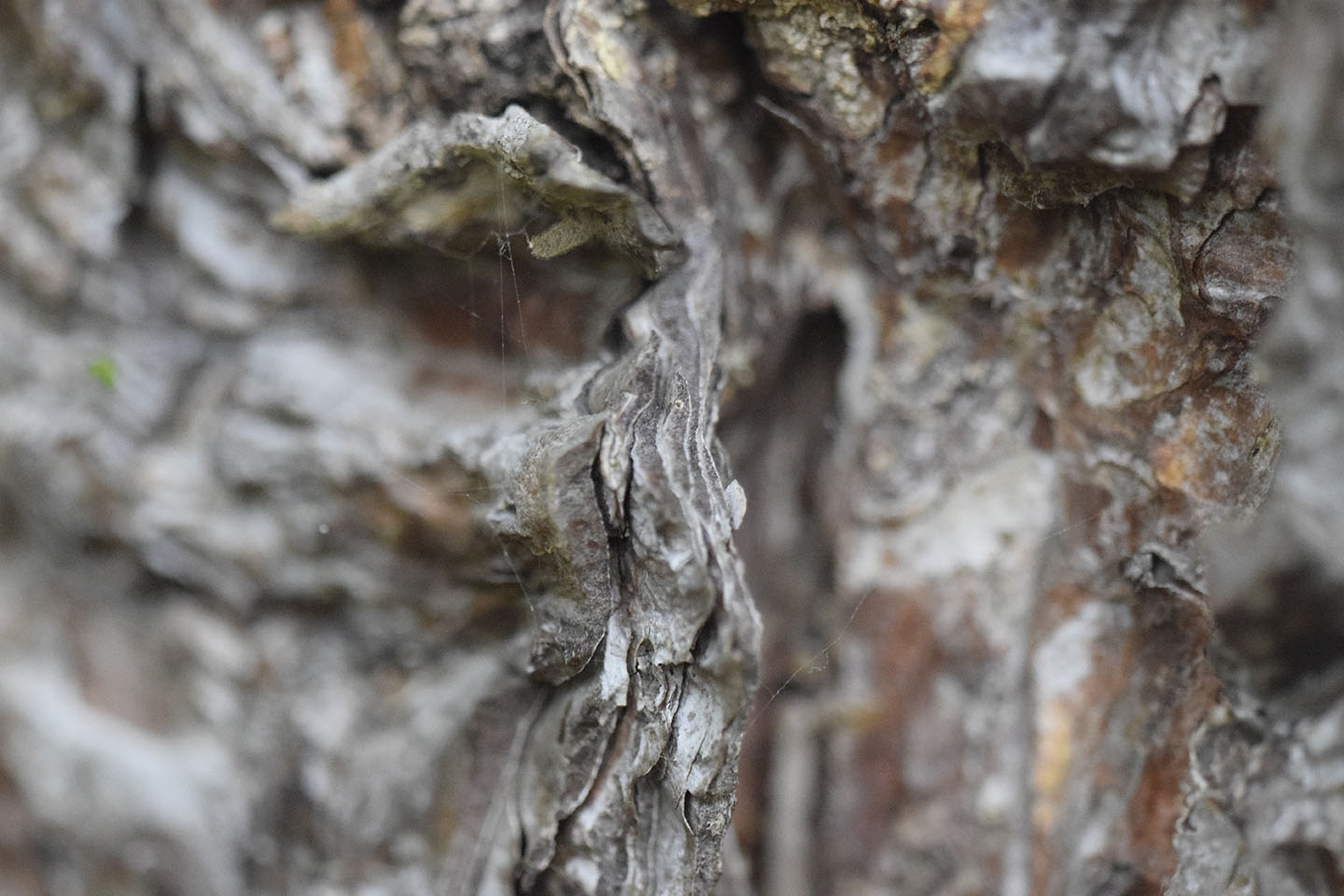
SOMETHING QUITE UNIQUE
–The planned office building in Lerchesgade already tells a story about sustainability and wood. In my view, the close collaboration between the executives (architects, engineers, contractor) has ensured that the house will culminate in something quite unique. The collaboration has affected the entire bidding process, and the relationships that have been established will continue until the house can be taken into use in 2025, assesses Jakob Mariager.
As a consulting engineering company, Artelia has been involved in wooden construction, totalling just over 100,000 square meters. But the Danish Property and Building Agency’s project in Odense is a quantum leap forward for Artelia in terms of using solid wood.
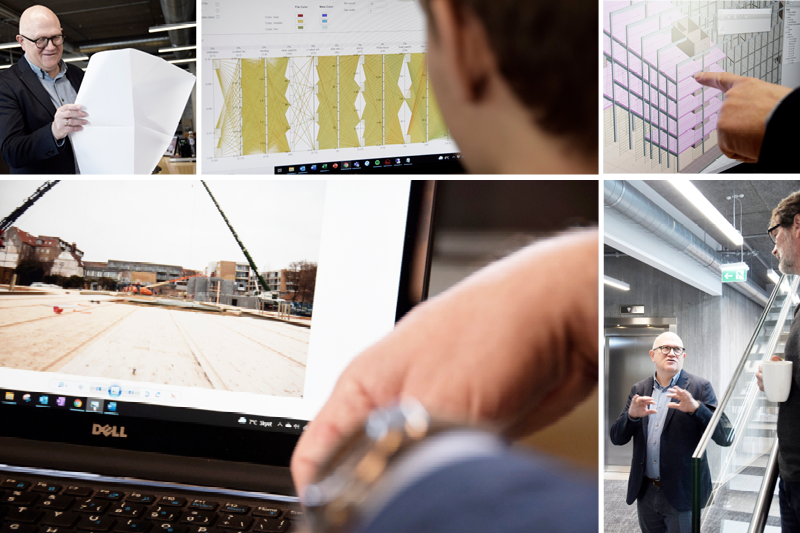
ESSENTIAL MATERIALS
Opting to use wood in a new building immediately affects the CO2 accounts – particularly if one calculates the burden of using the alternatives (concrete, steel, masonry).
–If you make a life cycle calculation (LCA) over 50 years and look at how much the choice of material affects the CO2 figures, then wood clearly excels on virtually all parameters. At WoodHub in Odense, we work with a so-called voluntary sustainability class, which means, among other things, that we follow the CO2 calculations on the entire project with respect to materials, explains Jakob Mariager, referring to the very specific choice of wood quality.
WoodHub is built with certified wood, which provides assurance that the wood comes from responsible forestry. In an FSC- and PEFC-certified forest, no more wood is felled than the forest can reproduce. The certification is also a guarantee that animals and plant life are protected and that the people who work in the forest are trained and receive proper safety equipment and pay.
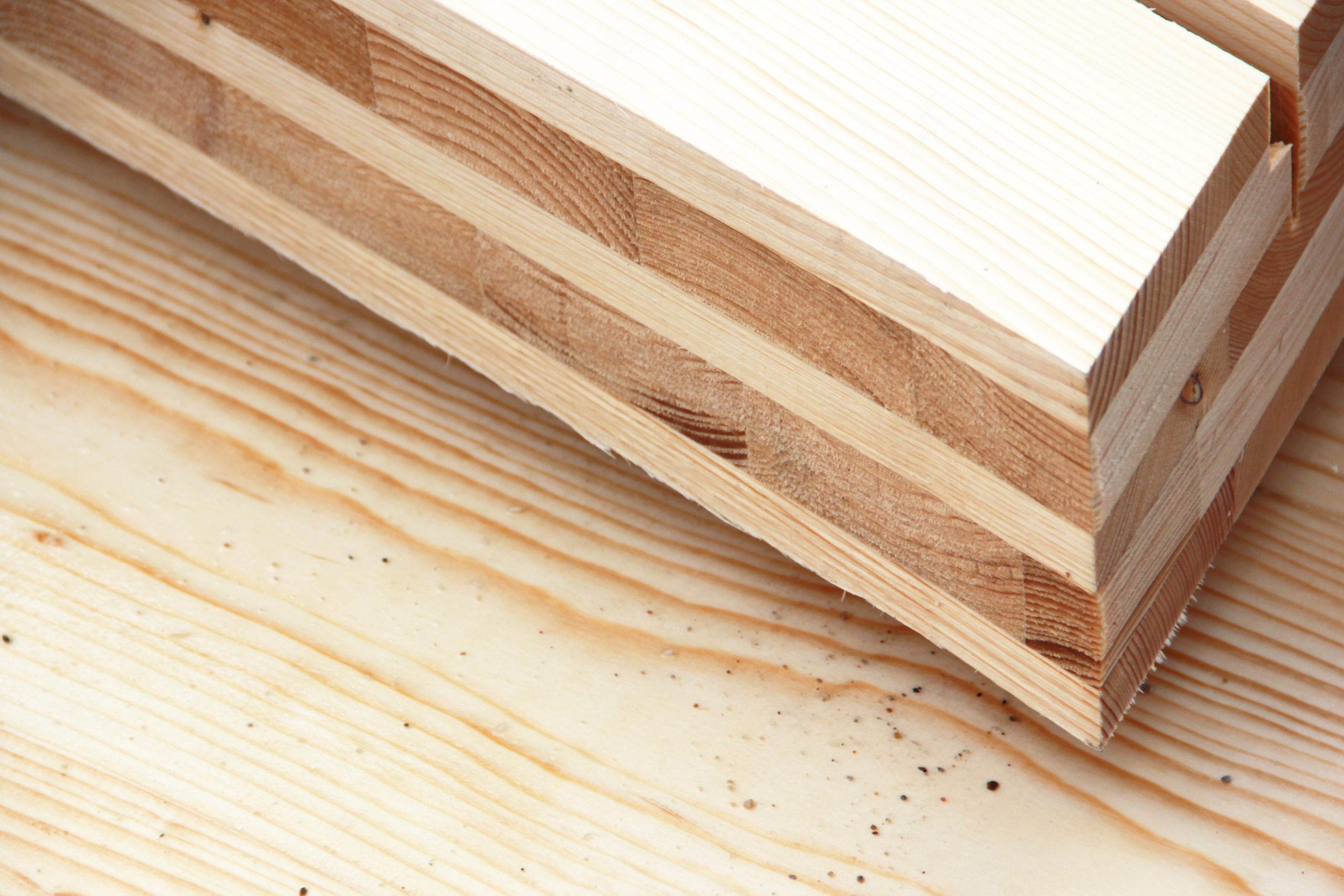
THE TEXTBOOK EXAMPLE
The solutions that WoodHub operates with reduce the building’s climate footprint by 30 percent in comparison with a traditionally constructed house. Over a period of 50 years, the total CO2 savings will thus be 5,400 tonnes.The wood in the house in Odense can also be used as biomass or recycled at the end of its life. But the major immediate effect is actually very visible: Wood as a load-bearing element replaces, for example, concrete and steel, and as a result, the Danish Property and Building Agency’s house will appear as nothing less than a textbook example of sustainable construction.
ADDITIONAL READING:
WoodHub is an office building comprising 31,000 square meters, six floors in height and with space for 1,600 workplaces.
The ground floor will include functions for citizens and the building’s edge zones will support city life by e.g. allowing access to the internal garden of the office building.
Eight state institutions will move into the house on Lerchesgade when the construction is ready for occupancy in 2025.
Text: Søren Egert / NXT // Photo: Stine Skøtt Olesen / NXT


